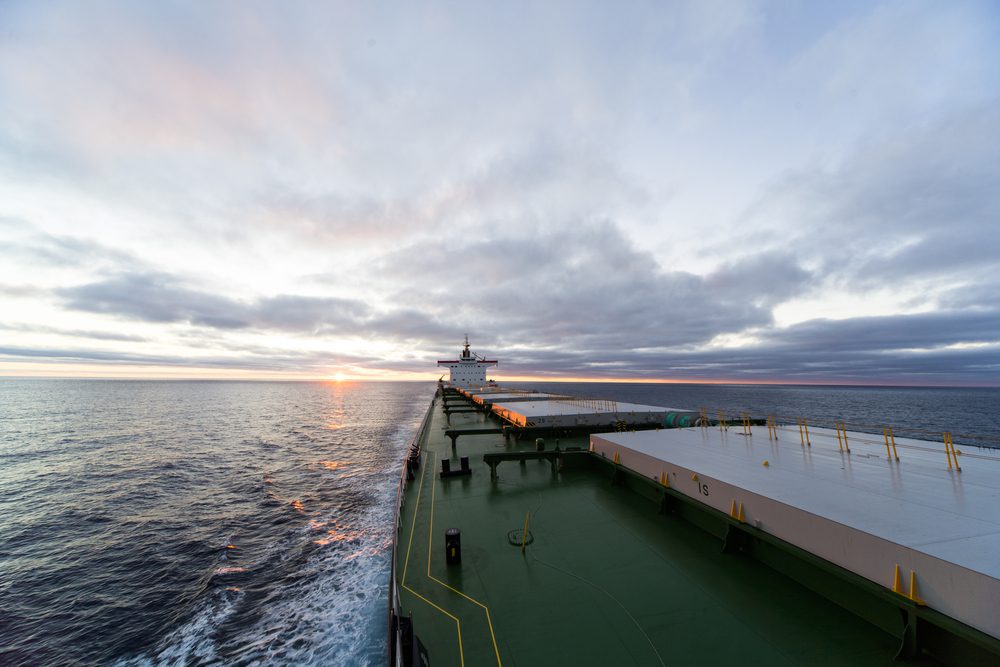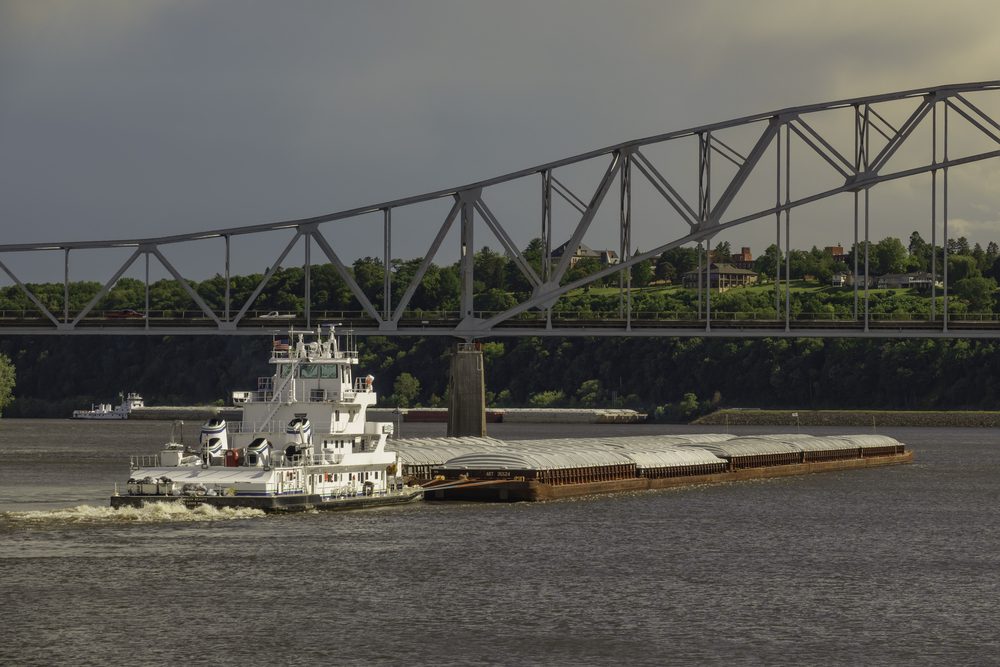Update (Wednesday, Jan 6) – The Baltic Dry Index fell again on Wednesday, ending the day down one point, or 0.21 percent, at 467 points.
 By Jonathan Saul
By Jonathan Saul
LONDON, Jan 5 (Reuters) – The Baltic Exchange’s main sea freight index, tracking rates for ships carrying industrial commodities, slumped to an all-time low on Tuesday, as worries over demand from top importer China and huge oversupply of vessels battered sentiment.
The overall index, which gauges the cost of shipping dry bulk cargoes including iron ore, cement, grain, coal and fertiliser, was down 5 points, or 1.06 percent, at 468 points, the lowest in records that date back to January 1985.
“The outlook is clearly very poor,” said Tony Foster, of British shipping asset manager Marine Capital. “We believe it’s more a question of how long these currently terrible levels will last.”
Adding to the new year gloom, world stocks fell again on Tuesday after their worst first-day performance in years, extending losses as relief at intervention by China to steady its markets quickly evaporated in the face of mounting concerns about the global economy.
The dry bulk shipping downturn began in 2008, after the onset of the financial crisis, and has worsened significantly in recent months as the Chinese economy has slowed, meaning less appetite for iron ore and coal.
The capesize index, shed 10 points, or 2.12 percent, to 462 points on Tuesday. Average daily earnings for capesizes dropped $135 to $4,676.
Capesizes typically transport 150,000-tonne cargoes such as iron ore and coal.
The dry cargo shipping market has also been hit by a wave of ship deliveries, which are expected to continue this year.
“The lack of activity in rates shows how severe the overhang is,” said Arctic Securities analyst Erik Nikolai Stavseth.
Analysts said much higher scrapping of dry bulk ships was needed to cut the size of the fleet.
Deutsche Bank analyst Amit Mehrotra said 90 capesize vessels were scrapped in 2015 — the highest number in 30 years.
“But this is not enough in our view given supply growth of recent years,” Mehrotra said.
“Overall scrappage accounted for only 3.5 percent of the total dry bulk fleet, 4.7 percent for capesize, which we view as modest given weak demand trends.”
(Editing by Louise Heavens)
(c) Copyright Thomson Reuters 2016.

 Join The Club
Join The Club











